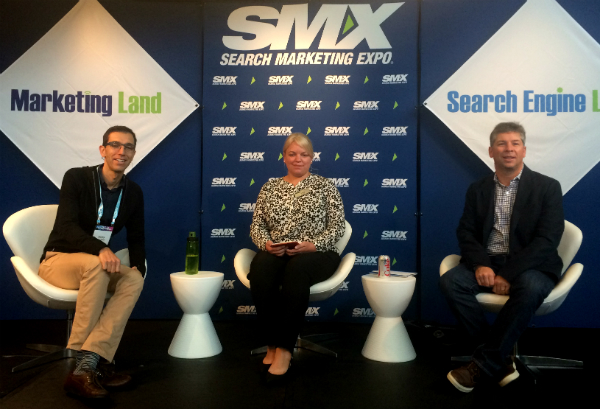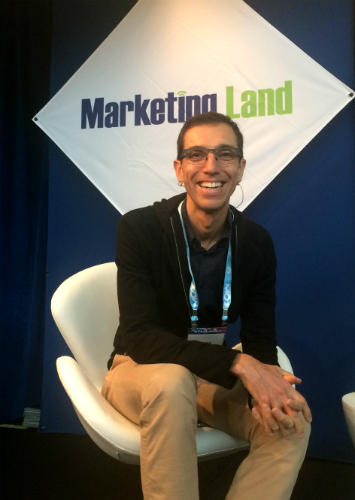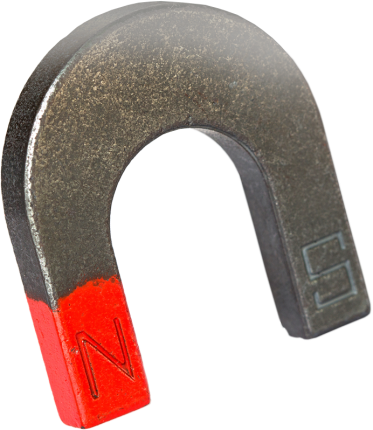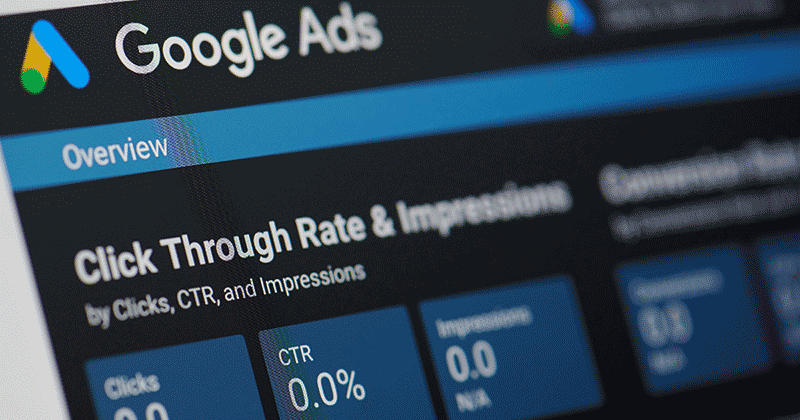SMX Liveblog: Keynote Conversation with Google AdWords VP Jerry Dischler
This is a real-time report from SMX Advanced 2015.

Jerry Dischler, who heads AdWords, is full of contagious energy as he gears up to talk about what’s working and what’s not in search ads and AdWords in this morning’s keynote conversation. Whenever there’s a Googler onstage, the crowd is packed and this session is no exception.
Everyone wants to know the latest news in paid search, and Dischler won’t disappoint as he delves into topics near and dear to search marketers hearts, including:
- How advertisers can capitalize on the opportunity of Micromoments
- The future of text ads and buy buttons
- Advances in attribution models
- The reliability of the “Estimated Total Conversions” metric
- And how marketers are marrying online and in-store strategy
Facilitated by Search Engine Land Editor Danny Sullivan and Search Land Paid Search Correspondent Ginny Marvin, the keynote conversation transpired as follows.
Microments
Google confirmed last month that mobile queries (meaning smartphone only) had exceeded desktop queries in ten countries. Dischler talks about what that means to Google.
“This is a watershed moment. The reason mobile is growing so fast is that consumer behavior has changed fundamentally – the average consumer is bouncing across devices. The linear and measurable process that was the hallmark of search marketing for a long time. Now, however, we have a much more fragmented journey which we’re calling micromoments. Micromoments are snippets of intent you have throughout your day,” Dischler says.
Micromoments can happen anywhere at any time. Dischler gives of an example of how mobile has truly changed the way we can accomplish tasks:
“There’s this woman who bought a plot of land to build a house on. She’s doing the entire process in her spare time on her mobile phone. How could she have done that two, three, five years ago? She would have had to devote a block of hours at home on a desktop. Now she does it in the spare five minutes she’s waiting for her kids, has a break between meetings, etc. She’s interacting with builders, etc. through the mobile device. Builders have traditionally expected this big purchasing decisions to happen through desktop, but that’s changed. So builders and similar businesses like that need to think about mobile, too. And frankly they’re not,” Dischler says. “When people are ready to make commercial decisions, businesses need to be able to capture those moments.”
Text Ads: Here to Stay
Marvin asks if Google will move away from text ads.
“They’ll be here to stay for a long while. Richer formats have already been seen in extensions. We’re trying to enhance the text ads to make them more valuable for users. When session lengths are as compressed as they are on mobile, we need to deliver the information faster. Users are also expected more than ever before,” Dischler says. “We build a lot of these formats with structured data, which lets businesses advertise in a way that’s more natural to them.”

The ‘Buy Button’
“The ‘Buy Button’ is coming to search ads – you’re going to be able to buy straight from the search. Can you tell us more about it?” Sullivan asks.
“First of all, we have no intention of being a retailer. We want to allow retailers to have effective experiences where they can drive conversions. We want to provide a great experience. Buy buttons were created to drive mobile transactions. Mobile conversion rates are a little lower than desktop – keyboard input can be difficult, pin information may not be readily available, etc. So we thought what if we can short-circuit this a little?” Dischler explains.
“There’s much more motivation in a mobile context than a desktop context. We’re trying it out and we think it’s likely to be great for users and advertisers if we can get it out. We just want to make the process easier for consumers and increase online conversions and we think this is going to be an effective way to do this. Pinterest and Instagram are testing this also,” Dischler concludes.
The “Buy Button,” which as-of-yet has no official name will be initially available on Android and may come to iOS in the future.
Data Driven Attribution
“We think that finding the right attribution model for your business is really important when we survey, and most people were using a last click attribution model and they’re looking for new ways. We’re going to offer a bunch of different attribution choices, including data driven attribution,” Discher says. (For Bruce Clay, Inc.’s report on the newly announced AdWords attribution models, see our May 11, 2015, article AdWords Upgrades!)
Barriers to Data Driven Attribution
Dischler explains that there are two barriers that lead to people to not adopt this model: the complexity of implementing tools and organizational challenges.
“If you’ve got different groups, for examples, and you take a look across all your ad formats you may find by ad on display it imp the per of your search campaigns but might involve reevaluating the success criteria for each group. While we can’t fix that we can offer advice, and we can work on the tools. My big message for attribution is do holistic measurement and have a holistic consideration when you advertise. Everything we’re working on is designed to achieve that holistic objective,” he says.
Offline Measurement & Holistic Thinking
Dischler says that the work being done at AdWords is really exciting. He says that estimated total conversions reporting in AdWords has been around for a while. They have been doing releases for offline conversions – one is to measure store transactions. They also announced the store visits tools — they take data that users have shared and use to it approximate store visits. Google thinks this is really powerful. If you’re only taking a look at the online value or mobile you’re really missing out. For advertisers who are doing store visit measurement, a lot of these folks are finding that Google delivers more value in stores than online. The best advertisers are doing some really neat things with this data.
Famous Footwear found that 18 percent of ad clicks were leading to store visits. They took the top keywords that were being used for their ad campaigns and rearranged their stores around those products. That’s a holistic approach. They kind of turned their store into a landing page.
Estimated Total Conversions: Should We Trust Them?
Marvin points out that Google has made a big push with estimated total conversions. She asks Dischler what that data means for marketers, and why marketers should trust data from estimated total conversions.
Dischler explains that Google’s process for estimating total conversions is both conservative and precise.
“The approach we have is pretty unique – we have a large population of users who share location history with us. We have hundreds of millions of buildings mapped with Google maps. On top of that, we have a panel of more than a million people that we are able to push out questions to. For example, if we’re not sure one of the panelists is actually in REI, we can ask – are you in REI? They tell us, and we use all of these things to constantly improve precision,” Dischler explains.
What are a marketer’s choices, then, when it comes to estimated conversions? They can:
- Ignore the data
- Take a look at the data and see if it works for you
- Accept the data 100 percent
Dischler recommends accepting the data 100 percent, and says that soon, Estimated Total Conversions will be a bidding factor.
Staying Ahead of the Competition
As the keynote conversation with Dischler comes to a close, Marvin asks how Google plans to stay ahead of the competition.
“We want to build a great platform for those moments of intent and we want to do so across webs and apps and I think Google has a great platform for those moments. We have a number of other properties like Gmail, Maps and YouTube. We build on our platforms year over year,” Dischler says. “If you take a look at media and entertainment, we have rich formats where you can watch things, for example, straight from the SERP. We have app download ads and we think that a huge change to the model is the fact that you can get ad distribution in the Play Store. And then there’s app deep linking – between the Chrome and Android team, we’re trying to push apps closer together.”
26,000+ professionals, marketers and SEOs read the Bruce Clay Blog
Subscribe now for free to get:
- Expert SEO insights from the "Father of SEO."
- Proven SEO strategies to optimize website performance.
- SEO advice to earn more website traffic, higher search ranking and increased revenue.

2 Replies to “SMX Liveblog: Keynote Conversation with Google AdWords VP Jerry Dischler”
Very well presented. Every quote was awesome and thanks for sharing the content. Keep sharing and keep motivating others.
LEAVE A REPLY









